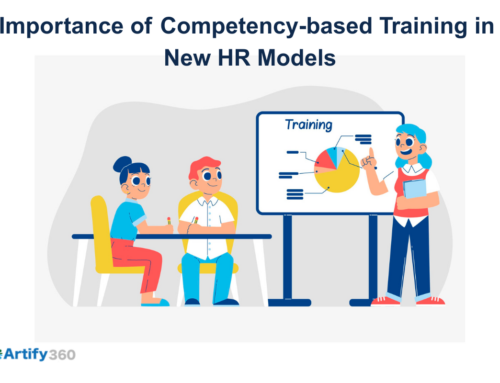Managing payroll taxes is more critical and complex in the intricate business world of Kuwait. Accurate and compliant handling of payroll taxes is not just a financial responsibility; it’s a legal and ethical obligation that impacts the overall health of a business.
This post explores the top challenges in the specific taxation domain and methods to overcome them with ease. The article stands as a reflection on how well you can raise the bar on taxation management features with a dedicated and proven HR operations technique or strategy.
Challenges of payroll tax management
You cannot explain the concept and features of payroll tax management if you don’t pay attention to the different existing challenges and newer technologies within the domain. The most important and popular challenges that you should know in connection with their effective management consideration are listed in this segment.
Some of the challenges in this domain can be studied with the support of a meticulous tax management function or model. The top functions related to payroll tax management are listed as follows:
Understanding automated payroll tax management
The idea and concept of automated payroll tax management is an essential technique that can add value to your business operations processes and support systems. It primarily deals with compliance management and support processes on credible. The policy management techniques and strategies are considered in this exclusive format of tax management under the business operations domain.
It is an extension of the general tax management system of an organization’s value-added support model. It creates integration on your automated processes for an incredible tax management support model.
How the HR Model Streamlines Tax Automation
The streamlined and seamless integration functionality of tax automation is a much-desired one. The existing HR model participates in the qualitative value of this at a terrific pace and with a solid foundation. You can integrate new functions into the HR management to showcase a terrific list of unique and plausible tax automation solutions and related digital transformation metrics.
Real-time tax calculation
One of the standout features of the HR system is its capability for real-time tax calculation. It can present a way to create and engage the entire model or platform with terrific and approved notifications that are live and promising. It eliminates the possibility of any miscalculations or errors and mistakes related to the tax niche of the company’s organizational structure.
Compliance with changing tax regulations
The norms associated with tax regulations and laws are constantly changing and are the subject of unique and guaranteed compliance management solutions. You should have policies and regulations that can be strictly and strategically connected to offer the best solutions and services in the domain.
Handling multiple tax jurisdictions
When you have a dedicated digitization model to ensure the capable value of your tax management system, it is easier to operate the functions in connection with tax jurisdictions and the like. The evaluation of handling multiple jurisdictions for tax-related entities is an engaging and promising concept that works for the betterment of your organization.
Accurate reporting and filing
Managing tax records and their corresponding report provisions with the active assistance of real-time and dedicated filing is an essential part of the process. With a suitable and appropriate HRMS platform, the entire process can be genuinely managed with the core support of a proven workflow for taxation operations growth.
Employee tax forms management
The distribution and management of employee tax forms is a categorical point that can deliver effective value for your entire HR workflow and business process models. If this is done in a manual process for your human capital resources, it will take forever to achieve success in the feature application. HR automation can streamline this factor with ease.
Automated tax payments
When the entire process of tax payment follows an automated process, it offers a distinct set of benefits and unique advantages that can change the face of your business functions related to taxation compliance. It will help you stay on top of the domain with least or negligible errors and the impactful feature of robustness.
Minimizing errors and reducing penalties
When the errors are minimal, your overall process efficiency will improve. The rise in efficiency can contribute to the avoidance of fines and penalties related to the domain. The evaluation of errors can be strategically managed by this process.
Integration with accounting systems
Another important aspect is the seamless integration with accounting systems to create space for the financial and related statements of a model. It is directly connected to the taxation model or system.
Data security and confidentiality
Tax and compliance information and statements are some of the top valuable functions that matters to an organization’s HR operations workflow approach. If the primary purpose of this particular operations management system is met, then the entire value chain related to privacy, security, and confidentiality can be aptly deployed. These factors create an impact in the long run and aid in the bigger picture.
Final thoughts
The integration of Artify 360 cloud HR software emerges as a transformative solution while dealing with HR management metrics and parameters on taxation compliance. By automating tax calculations, simplifying reporting, and enhancing data security, the HR payroll software stands as a formidable ally in the battle against the complexities of tax regulations.
Apart from streamlining specific and targeted operations, the domain can be a frontrunner in the management of core, essential solutions on compliance and taxation. Ultimately, the Artify 360 HR software system‘s role goes beyond mere technology; it empowers businesses to navigate the intricate landscape of payroll taxes with confidence and efficiency.






